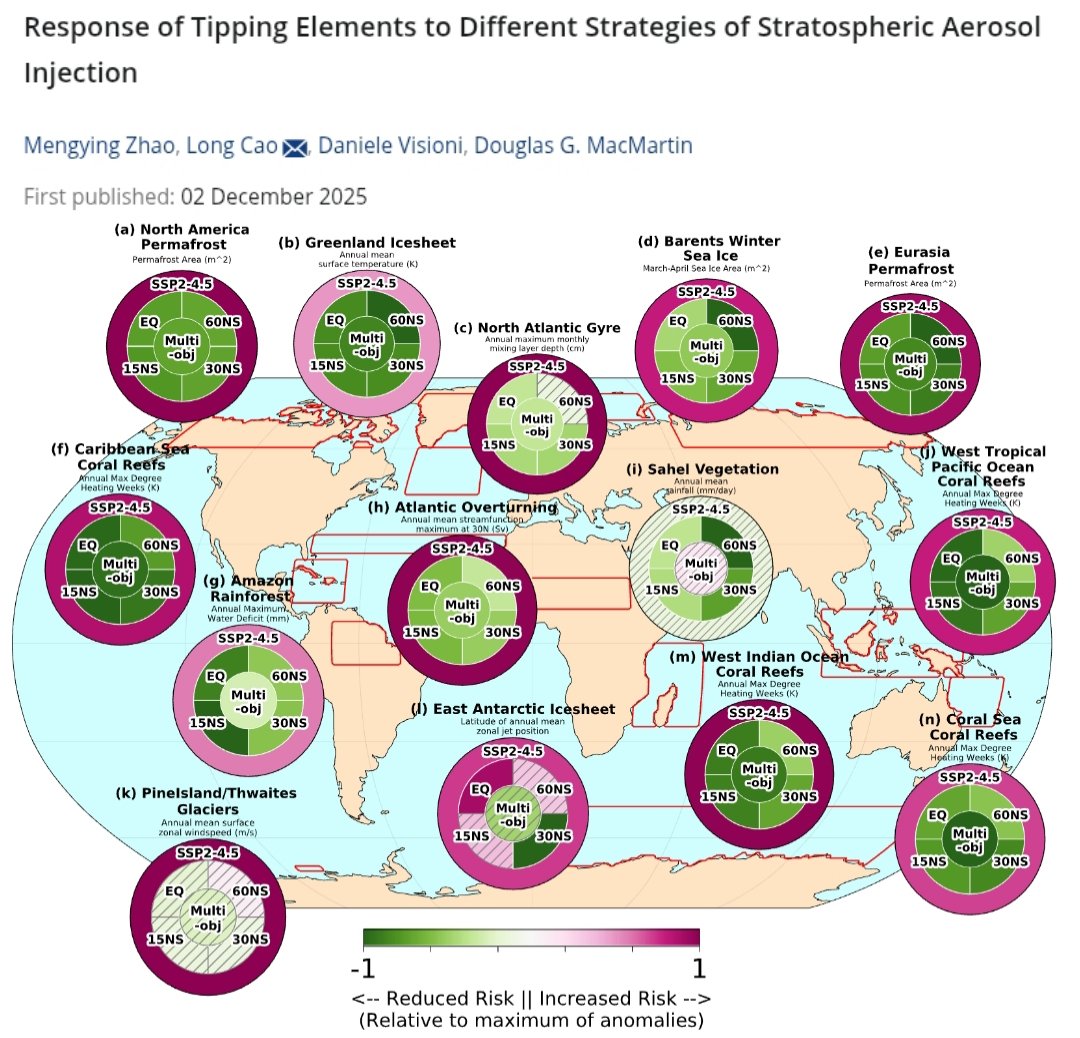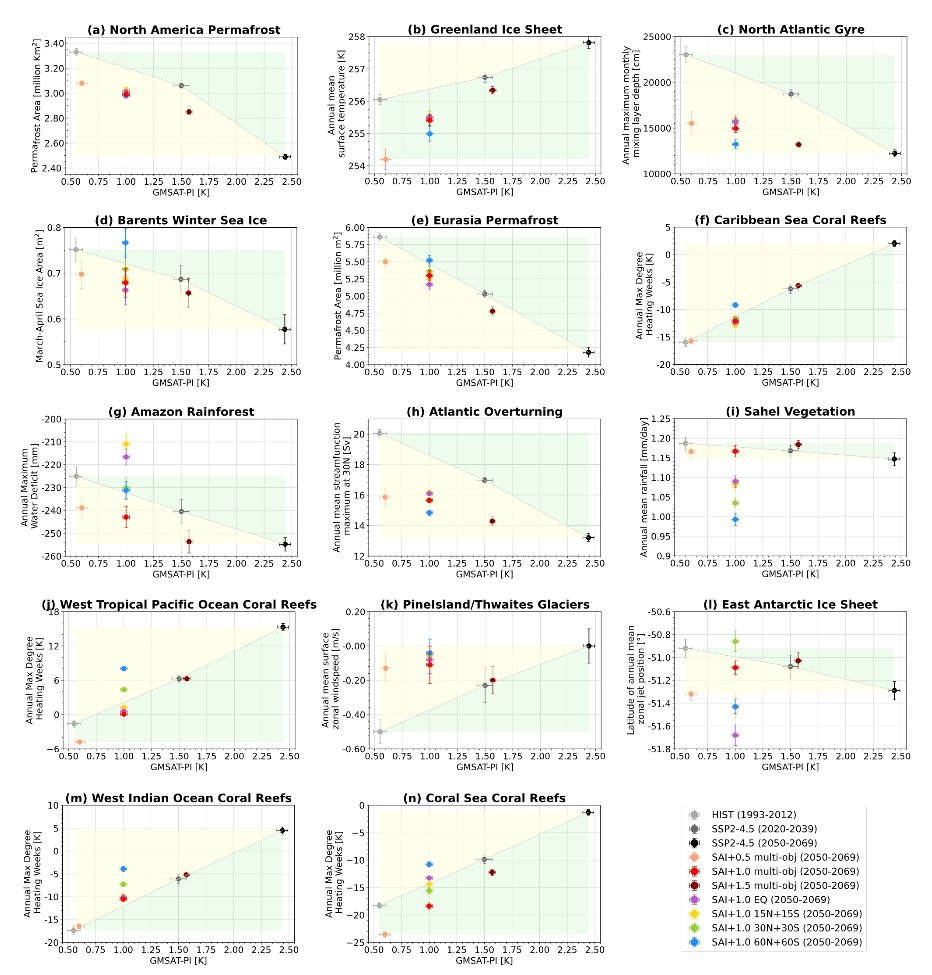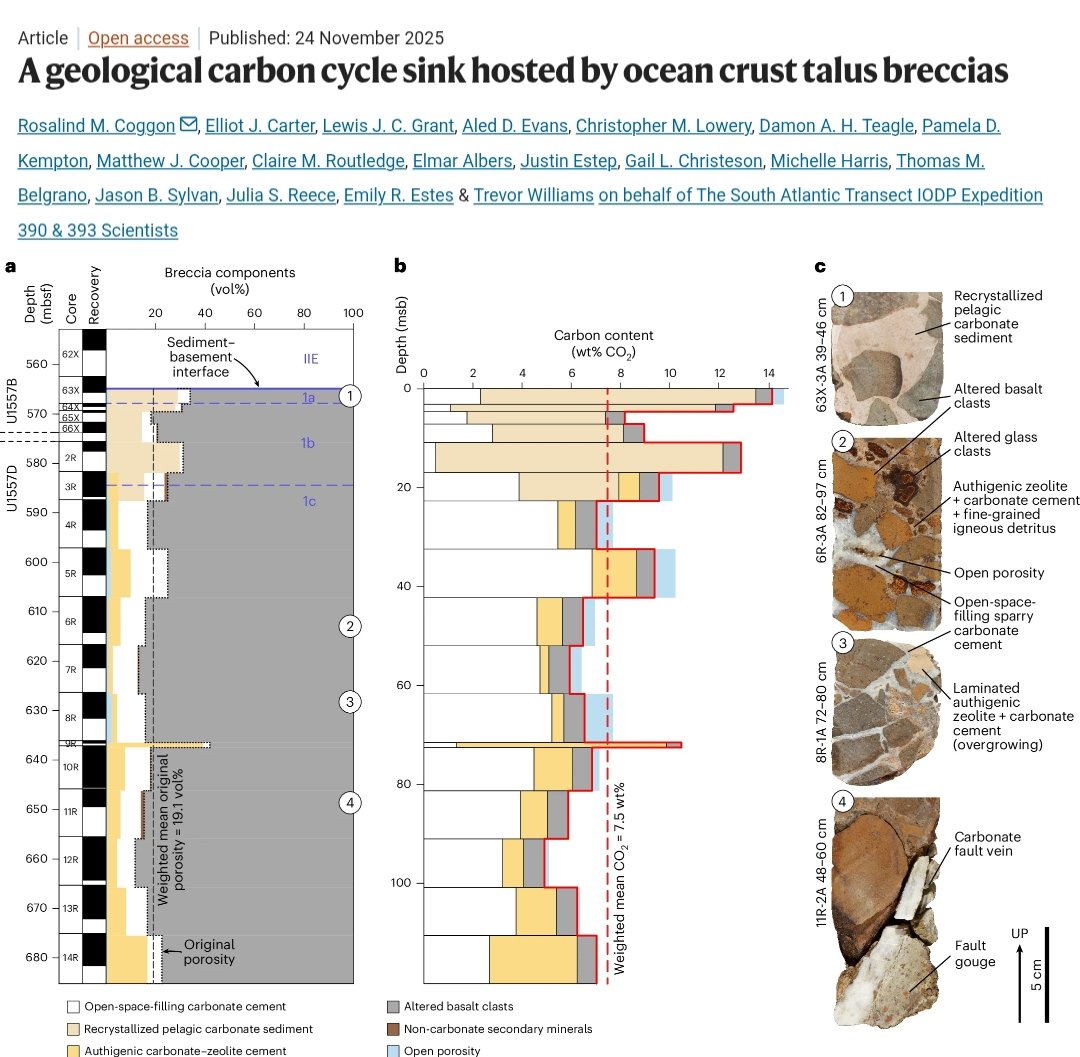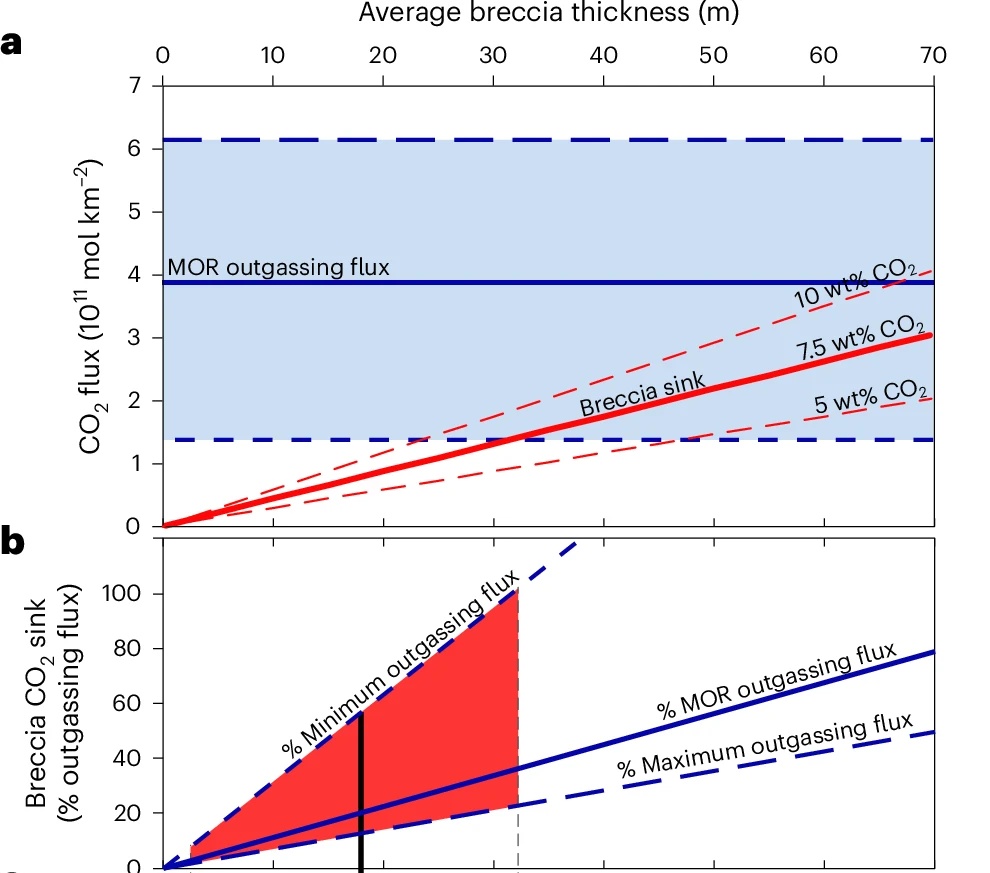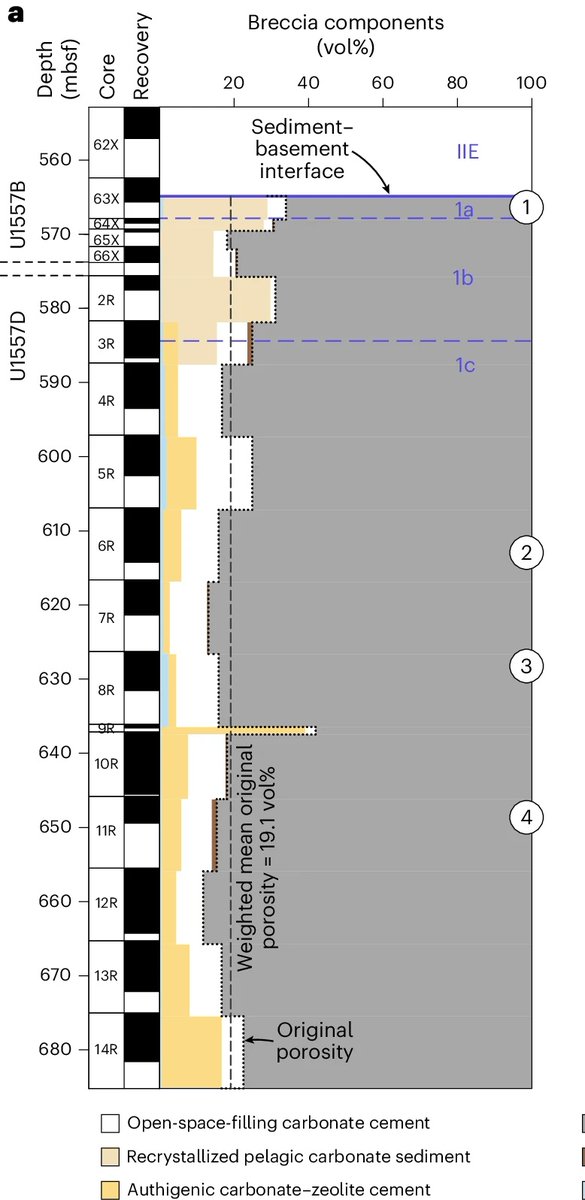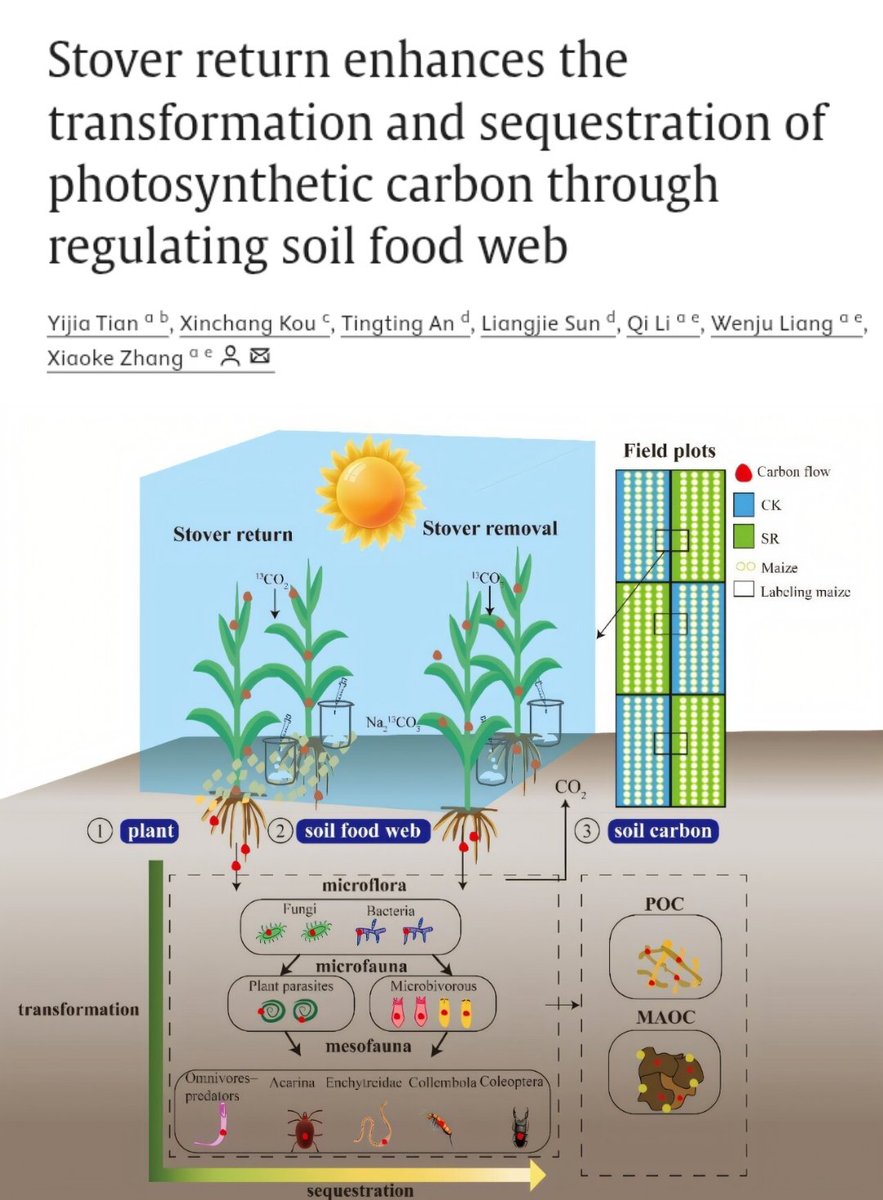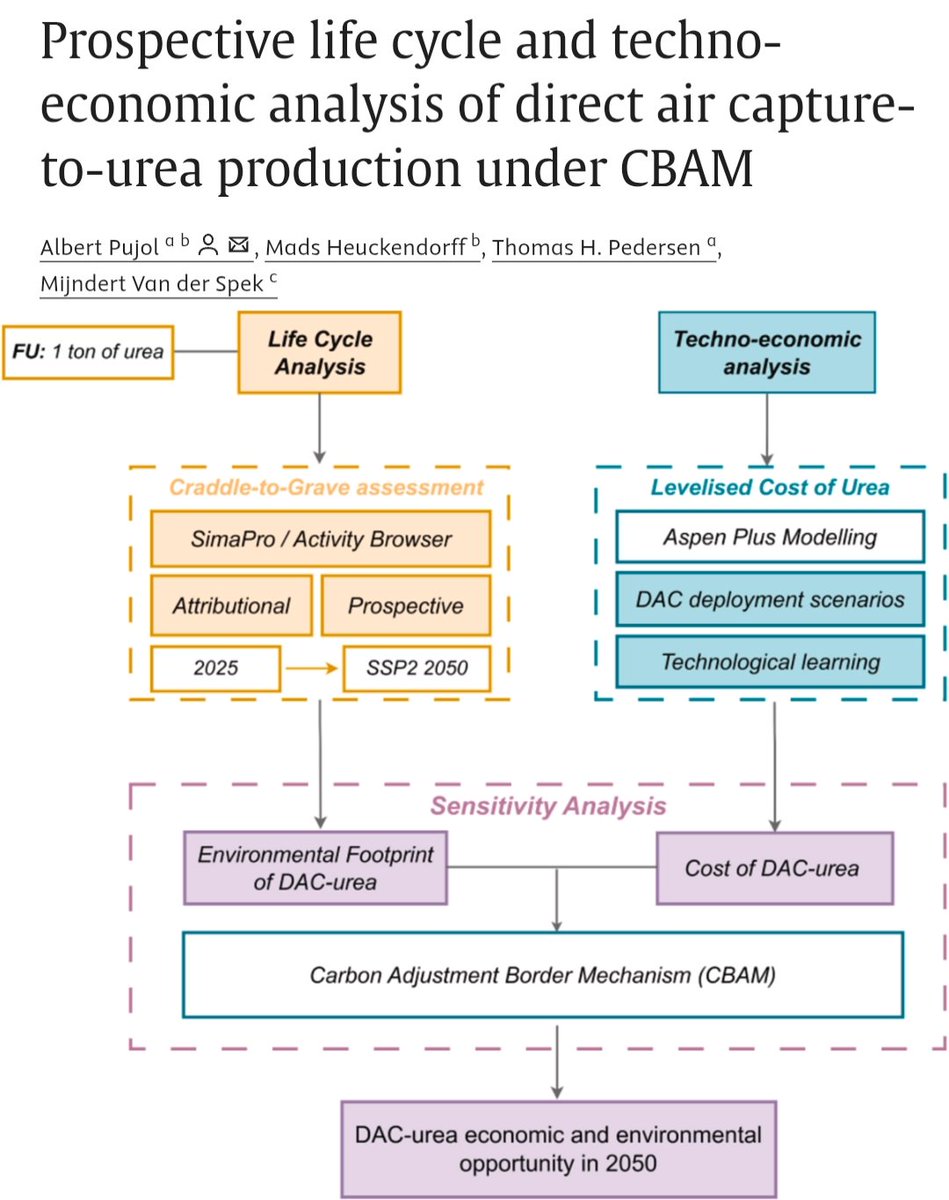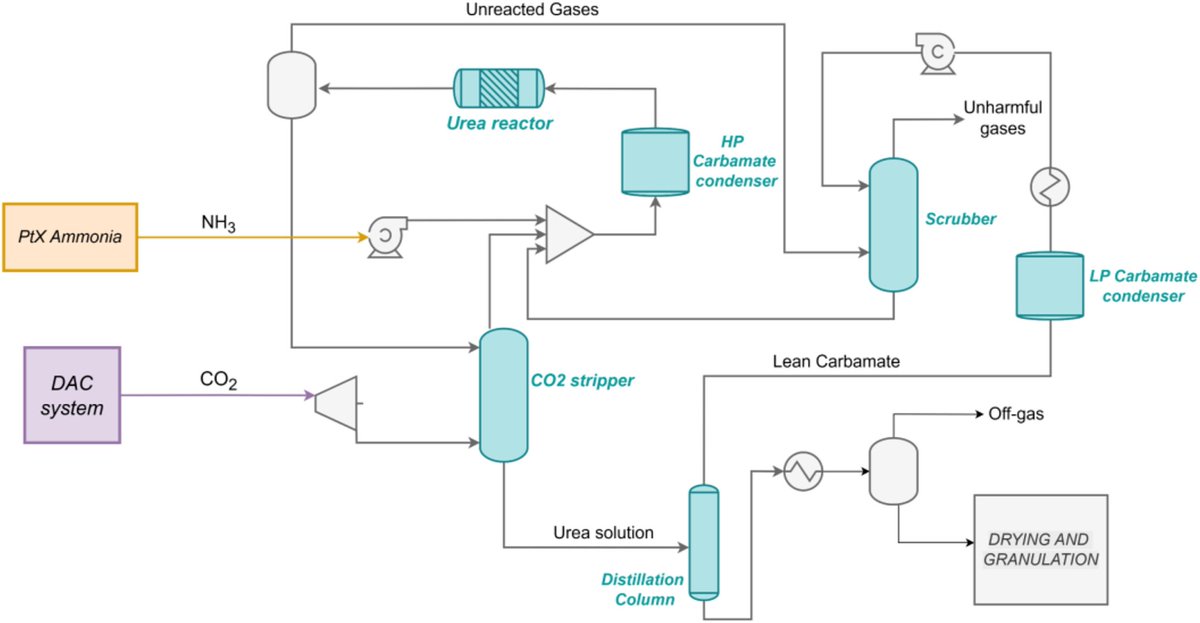🚨NEW PAPER🚨
"A comprehensive #bioenergy accounting model with a multi-dimensional analysis was
developed in a new study based in #China by combining spatial, life-cycle, and multi-path analyses."
Summary in a 🧵 below ⬇️
1/6
"A comprehensive #bioenergy accounting model with a multi-dimensional analysis was
developed in a new study based in #China by combining spatial, life-cycle, and multi-path analyses."
Summary in a 🧵 below ⬇️
1/6

Accordingly, "the #bioenergy production potential and #GHG emission reduction for each distinct type of #biomass feedstock through different conversion pathways were estimated in the study."
2/6
2/6

"The sum of all available organic waste (21.55EJ/yr) & energy plants on marginal land (11.77EJ/yr) in China produced 23.30EJ of #bioenergy & reduced 2535.32Mt CO2-eq emissions, accounting for 19.48% & 25.61% of China’s T energy production & C emissions in 2020, respectively."
3/6
3/6

Furthermore, in this study, "life-cycle emission reductions were maximized by a mix of #bioenergy end uses based on #biomass properties, with an optimal 78.56% bioenergy allocation from biodiesel, densified solid biofuel, biohydrogen, and #biochar."
4/6
4/6

Read the open-access article entitled: "Benefit analysis of multi-approach #biomass energy utilization toward carbon neutrality" ⬇️
cell.com/the-innovation…
5/6
cell.com/the-innovation…
5/6

• • •
Missing some Tweet in this thread? You can try to
force a refresh








